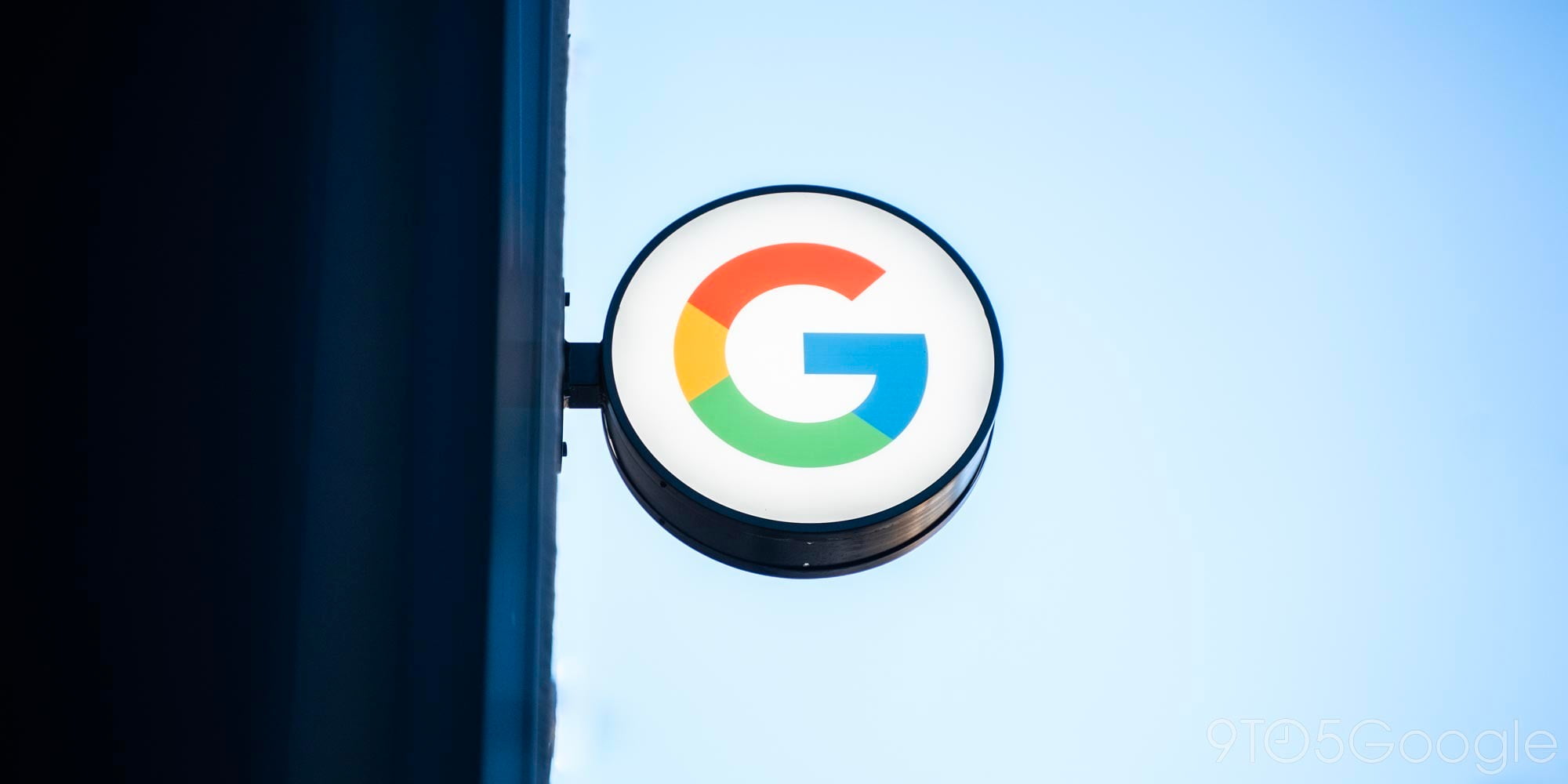
Back in May, Google announced that Android developers have to specify a “target age range” for all apps in the Play Store. Aimed at boosting child safety, a related effort is the ability to mark applications as “Not designed for children.” Those warning labels are now beginning to appear in Google Play.
Depending on the developer-specified target age range, apps are subject to additional family policy requirements, with any incorporated ad network similarly scrutinized. Apps must also take steps to make sure listings and screenshots don’t unintentionally appeal to children.
However, devs have the option to apply a “Not designed for children” warning label if kids are not part of the target age group for an app.
You may decide to select this option in the Play Console if you know that certain elements of your store listing (for example youthful animation, some young characters) may appeal to children, or if Google rejects your app due to inaccurate target age group selection.
This light pink banner appears just underneath the install button and features a yellow triangle. The warning persists even after the application is installed and on subsequent visits to the Play Store listing on Android, like when updating.
So far, we’ve spotted the warning enabled by the developers for Google Voice and the Google VR Services app. Specifying a target audience has been required since late May for all new apps, while existing ones must comply by September 1st.
More about Google Play Store:
- Chinese developer CooTek gets Google Play Store ban for shady ad practices
- [Update: App pulled from Play Store] More than 10 million people installed scam ‘Updates for Samsung’ app
- Hey Google, let’s either do change logs on the Play Store or not
- Google Material Theme redesign of Play Store rolling out
FTC: We use income earning auto affiliate links. More.




Comments